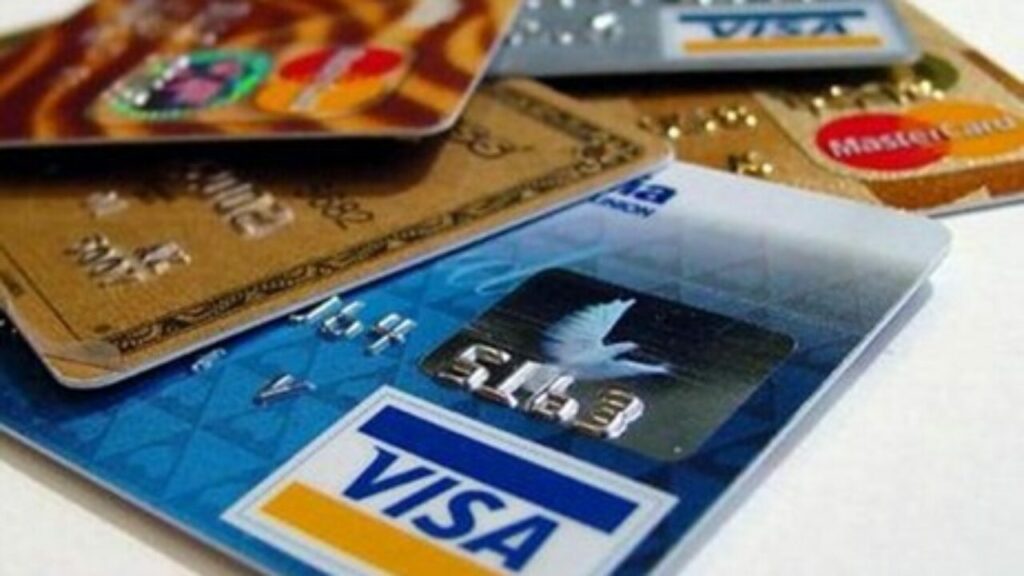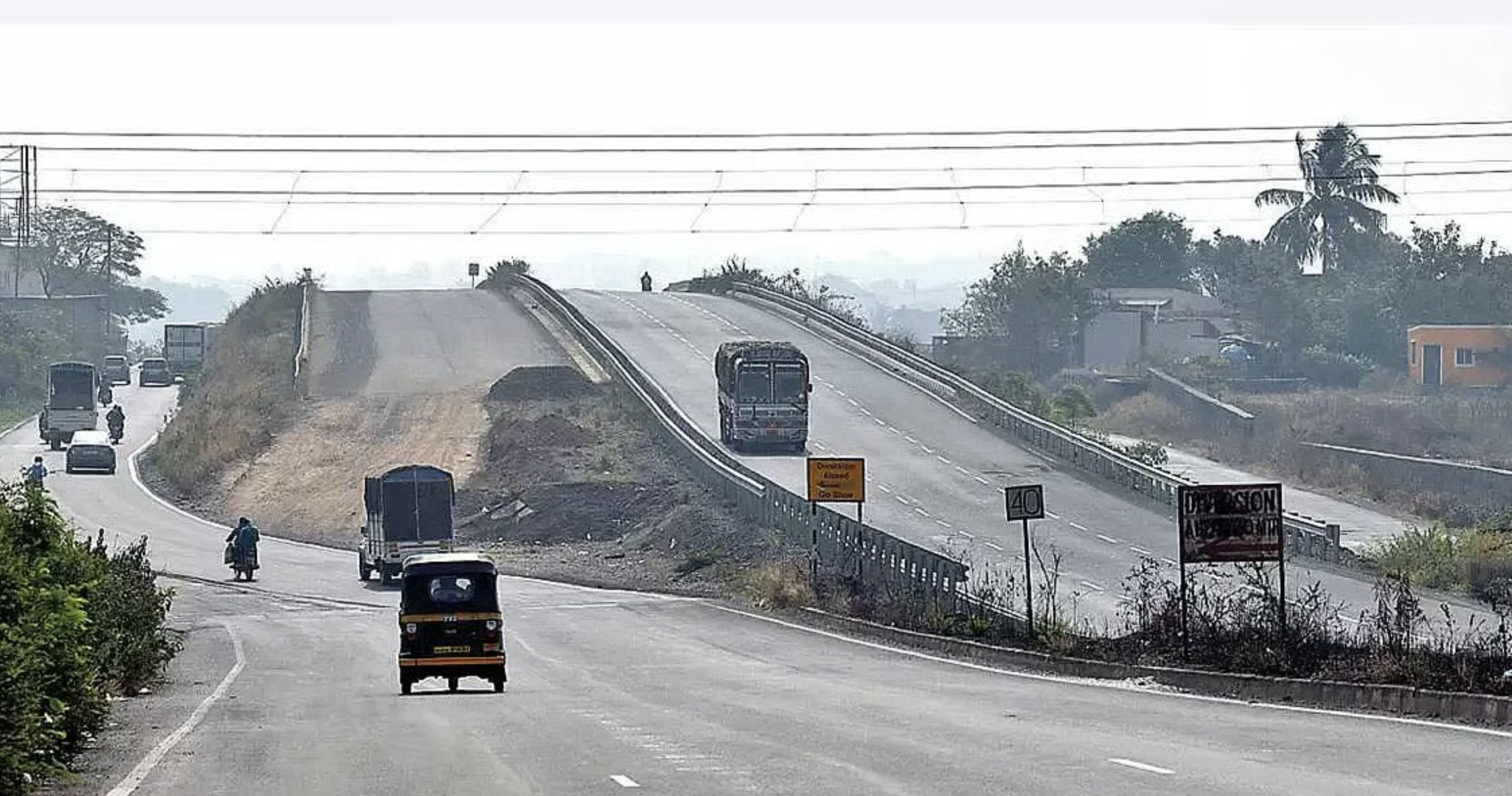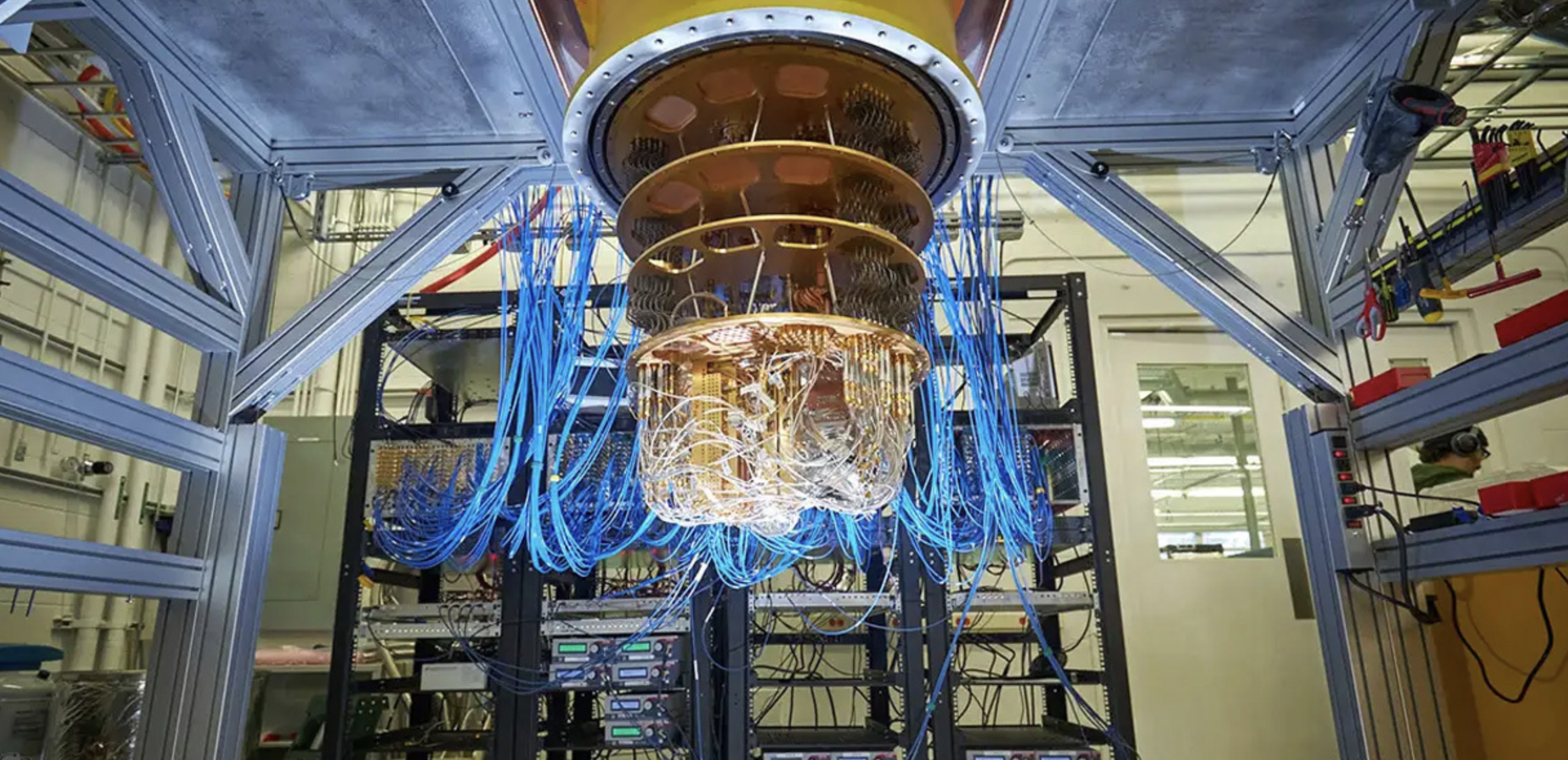As UPI transactions surge, debit card usage witnesses a significant decline, reflecting evolving preferences in India’s digital payment landscape.

Data Insights: UPI vs. Debit Card Transactions
Recent data from the Reserve Bank of India (RBI) highlights a stark contrast in transaction trends. While UPI transactions soared by 46% YoY in November, debit card transactions contracted by 6.6% YoY in October.
Shifting Consumer Preferences and Technological Advancements
The rise of UPI is a primary driver behind the decline in debit card usage. Consumers increasingly favor the convenience and security offered by UPI for microtransactions, facilitated through mobile wallets and contactless payments. The adoption of UPI has been particularly pronounced in semi-urban and rural areas, with transactions at retail stores witnessing a staggering surge.
Debit Cards’ Stagnation Amidst Credit Card Growth
Despite the issuance of debit cards following initiatives like the Pradhan Mantri Jan Dhan Yojana (PMJDY), the growth trajectory remains flat. In contrast, credit card usage has seen an upward trend, fueled by rewards, cashback offers, and discounts. Credit cards are preferred for large transactions, given the free grace period and installment options they offer.
Outlook for 2024: UPI’s Dominance and Fintech Advancements
Experts anticipate that the current trend of declining debit card usage will persist into 2024. Factors such as the convenience, security, and incentives provided by UPI and credit cards are expected to continue driving users away from traditional debit card transactions. Moreover, rapid fintech advancements and increased digital payment penetration in rural areas may further accelerate this decline.












